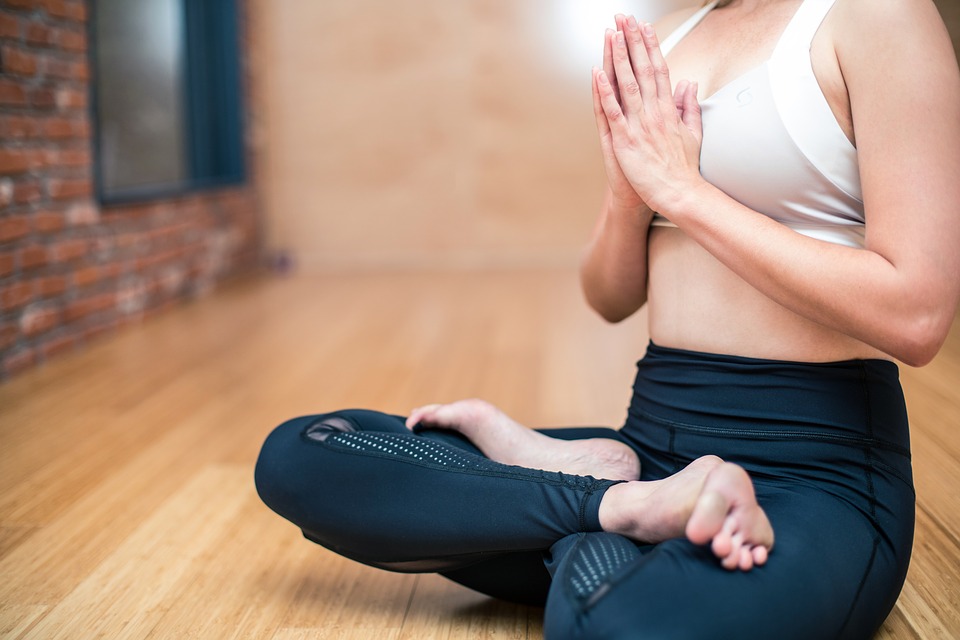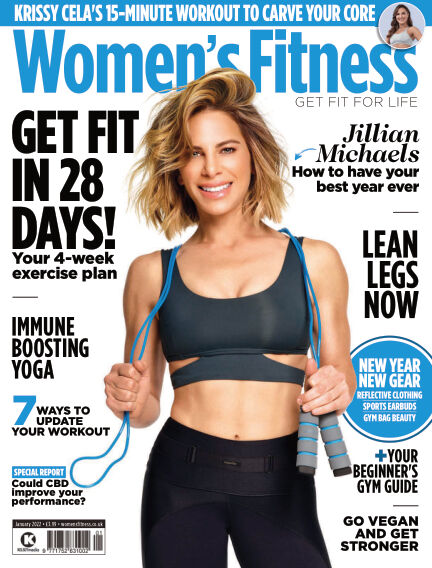
Trampoline is an excellent way to increase cardio. This machine is great for strengthening your entire body, and it also provides a great workout. Here are some tips to help you choose the best trampoline for you. If you don’t have access to a garden, you can get a smaller trampoline which can be folded up easily. You can choose a larger trampoline if there is enough room in your house.
To get started on cardio on the trampoline, you should first sit down in the middle of the mat. You can then curl your spine and return to a sitting posture. Alternately, you can stand on your toes and raise your right leg up in the air. Keep the rest of your body still. When you reach the desired height, raise your right leg above the mat. Repeat these exercises as many times as you can.

Performing cardiovascular exercises on a trampoline is an effective way to lose weight. Trampolining is low-impact, making high-impact cardio look easy. It boosts energy, endurance and muscle strength, as well as sculpting your core, legs, and butt. Trampolining will help you tone your body or lose weight. If you want to tone up your body without getting hurt, trampolining is the best way to do it.
You can also take a trampoline class. You can get cardio while also protecting your joints from the impact. It not only provides a great cardio workout but also makes a great prop for barre or yoga classes. The benefits of trampoline jumping are endless! Your trampoline workouts will be an instant hit! Get your cardio going!
A trampoline can also be used for high bouncing, which is a great cardio exercise. High bouncing increases your heart rate and boosts rebounding benefits. Begin by running in place or bouncing. To improve your exercise, you can alternate between running and jumping. Two movements are best for beginners to trampoline. You can do one push-up and one variation.

It is important to keep your heart rate up on the trampoline for good health. This exercise can strengthen your heart and circulate more oxygen throughout your entire body. It can reduce your chances of getting osteoporosis. It also improves your balance and coordination. This makes it an excellent way to maintain good health and prevent diseases like type 2. If you're serious about cardio, try a trampoline class to see what it can do for you.
You can get your cardiovascular system moving by doing a rebounding exercise. Rebounding is easy on the joints, and it's also great for the heart. A good rebounding workout also works your glutes and legs, which are some of the most important ones. You'll have a lot of fun, no matter if you do a full-body exercise or cardio on the trampoline. Get moving! Rebounding will make you more active, you'll be amazed at how much you can get out of it.
FAQ
Is weightlifting more effective at burning fat?
Weight lifting will help you burn more fat, but it's best to combine it and cardio.
For the best results of weightlifting, do it after cardio exercises.
If done correctly, weightlifting can increase your heart rate and oxygen intake which in turn helps you lose weight.
It is important to combine cardio with it, as you will not see significant changes in your body's composition.
What's a good workout plan for 7 days?
A seven-day program should include three days of cardio training (running, biking and swimming), two strength exercise (using free weights or weight machines) and one flexibility/core work out (yoga, Pilates). It's essential to do each activity at least once a week. Each session should last no more than 45 minutes.
Cardiovascular Exercise: Running/Biking/Swimming
You should aim to get at least 60 mins of cardio exercise per week. Aim for 75 minutes per week to get the best results. Cardio exercises can be used to increase blood flow, stimulate muscle growth, and improve blood circulation.
Strength Training
Cardio exercises target your heart and lungs. Strengthening your muscles and bones is the opposite. Strength training builds lean muscle mass, which helps burn calories even when resting.
Flexibility & Core Workouts
To strengthen your whole body, flexibility and core work outs are excellent ways to do so. Both yoga and Pilates are excellent options.
Is Yoga Beneficial?
Yoga has been popular since ancient times. Yoga is very popular with celebrities as well as ordinary people who wish to be fit and healthy.
Yoga is great because it strengthens your muscles as well as stretches them. It can help you relax and calm down.
The primary difference between yoga and other forms is the focus on breathing techniques in yoga.
To improve your balance and flexibility, you can try different poses.
Statistics
- According to the American Academy of Dermatology (AAD), men over 50 are at a heightened risk of developing it. (healthline.com)
- By John Thompson Take a whopping 38% off a set of PowerBlock Pros. (menshealth.com)
- Cardmembers earn 5% Back at Amazon.com with a Prime Credit Card. (amazon.com)
- Candidates and applicants must pass all four tests at 70% (minimum level) to graduate from Basic Deputy U.S. Marshal (BDUSM) Training. (usmarshals.gov)
- Get free shipping and 25% off today. (healthline.com)
External Links
How To
How can I exercise to burn fat?
Exercise burns calories by increasing metabolism and oxygen consumption.
Exercise at a moderate intensity to safely lose weight.
These tips will help you burn fat and keep fit while exercising.
-
Cardio exercises can include running, walking, swimming or cycling.
-
You can exercise for 30 mins three times per week.
-
If you want to lose more weight, add strength training to your routine.
-
Avoid doing intense exercises. It's possible to build muscle, but not lose it.
-
During exercise, drink plenty of water. Water flushes out toxins, and keeps your body properly hydrated.
-
After working out, drink low-fat protein shakes. Protein shakes boost energy and repair muscle tissue.
-
Take smaller meals throughout each day to avoid feeling hungry.
-
Don't skip breakfast! Skipping breakfast can make you tired and sluggish.
-
Mental health is important. Stressful situations may slow down your metabolism.
-
Keep a positive attitude. Studies show that overweight people are more likely to be obese than those who perceive themselves as attractive.
-
Sleep enough. Lack of sleep makes it harder to burn fat.
-
Always be active. Be sure to get up and move around every hour or two.
-
Maintain a healthy diet. A healthy diet will help you feel fuller for longer.
-
Find ways to relax. Tenseness can cause stress hormones to break down muscle tissue.
A balanced diet will provide all nutrients that are necessary for growth.
Six small meals per day is better than three large meals. This allows your body time to digest what you've eaten.
For strong bones, we need 500 mgs of calcium daily. Calcium can be found as a dairy product such as milk, yogurt and fortified soy drinks, orange juices, cereals, breads, and cereals.
Calcium is found in leafy vegetables, beans and tofu, as well nuts, seeds and cheese.
Vitamin D is required for calcium absorption. Vitamin D can also be found in some fortified foods such as eggs, fish, and yolk.
Vitamin E is important for skin health. Vitamin E is found in vegetable oils and wheat germ oil, as well as peanuts, almonds and sunflower seeds.
Your body needs zinc for normal immunity function and wound healing. Zinc is found in seafood, oysters legumes meats, whole grains, whole grains and meats.
Zinc deficiency may cause fatigue, loss appetite, depression, and impaired immunity.
Sugar intake can lead to insulin resistance which causes blood glucose levels to rise. Insulin resistance can lead to weight gain.
Insulin resistance occurs when the bloodstream is full of free radicals. Free radicals can be molecules with unpaired electrons that cause damage to cell membranes.
Food additives, pesticides and herbicides, as well as preservatives, smoking and radiation are all sources of free radicals.
Free radicals can lead to cancer and heart disease, diabetes mellitus, arthritis, asthma, and premature aging.
Antioxidants are essential for preventing free radical damage. Antioxidants protect against oxidative damage.
Vitamin C (found on citrus fruits), Beta carotene, found in carrots and sweet potatoes, spinach and broccoli, cantaloupe (found in tomatoes, mangoes and peppers), and Vitamin E (found nuts, olive oil and avocados).
Selenium, manganese (and zinc) are other antioxidant nutrients.
Selenium helps to protect cells against free radicals and oxidative stress. Selenium can also be found in Brazil nuts (tuna), liver, kidneys and shrimp.
Copper protects your eyes, brain, eyes and red blood cell. Copper is found in shellfishes, poultry, meat, organ meats, and other foods.
Manganese, an essential component of bone strength, is crucial. Manganese may be found in brown rice or spinach, bananas and prunes as well raisins, oatmeal and lentils.
Zinc is necessary for average growth, reproduction, and wound healing. Zn is present in lean cuts of meat and white fish, as well as eggs.